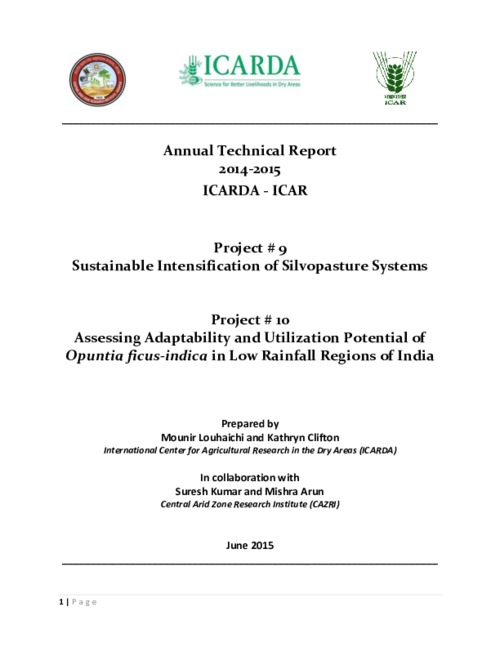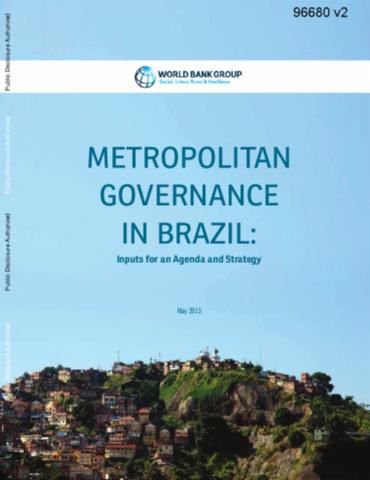Sustainable Intensification of Silvopasture Systems & Assessing Adaptability and Utilization Potential of Opuntia ficus-indica in Low Rainfall Regions of India Projects. Technical Reports
India holds a substantial rangeland area, most of which is in the state of Rajasthan. The livestock sector is vital for the rural poor in the region and it is the main source of income. Advanced degradation of rangelands due to lack of proper management tools and the communal land tenure regime are leading to an increasing threat of desertification. Lack of adequate nutrition (due to overgrazed community rangelands), inappropriate management practices and restricted access to health services are the major causes of low productivity of small ruminants.









